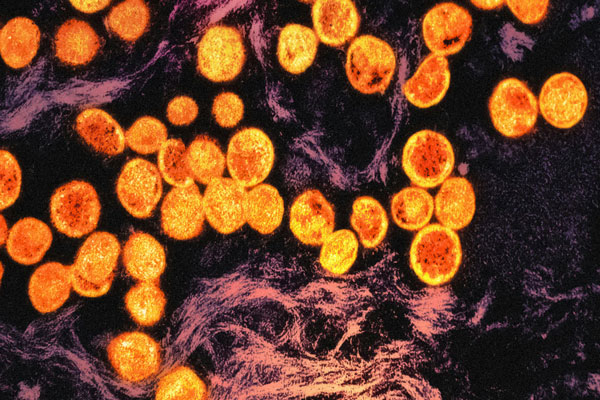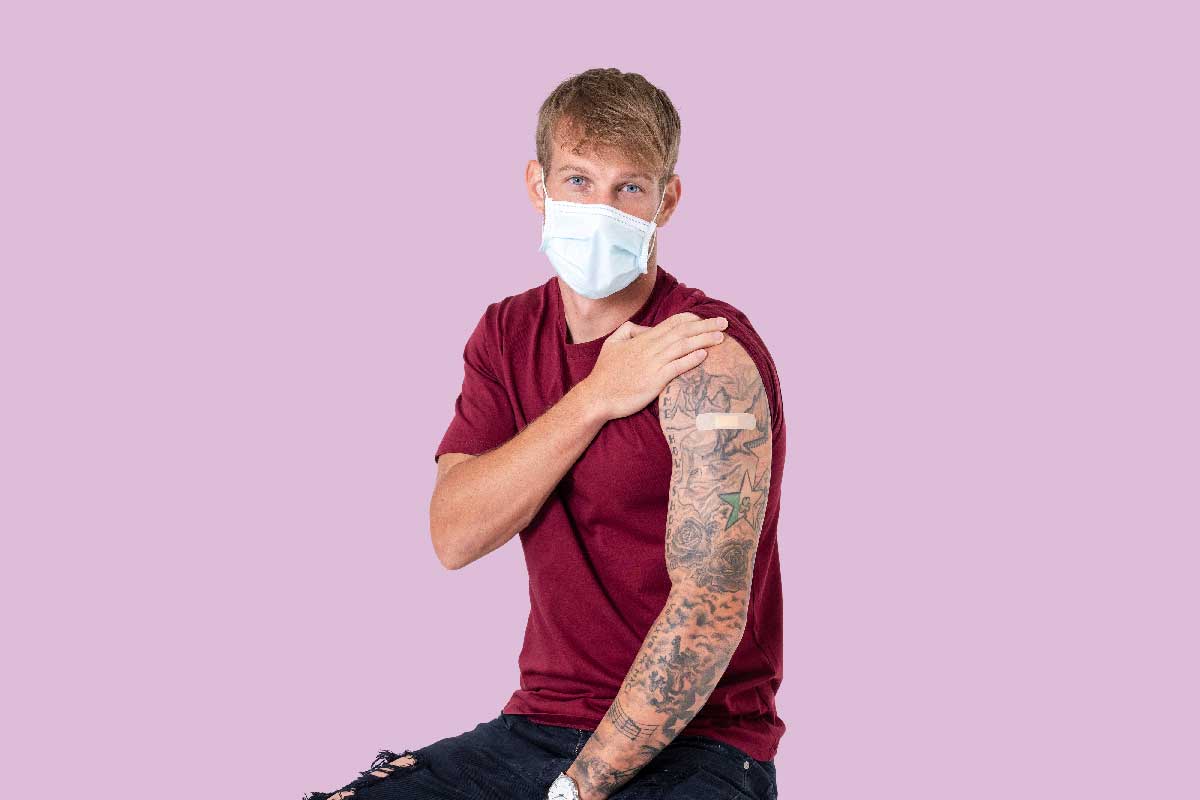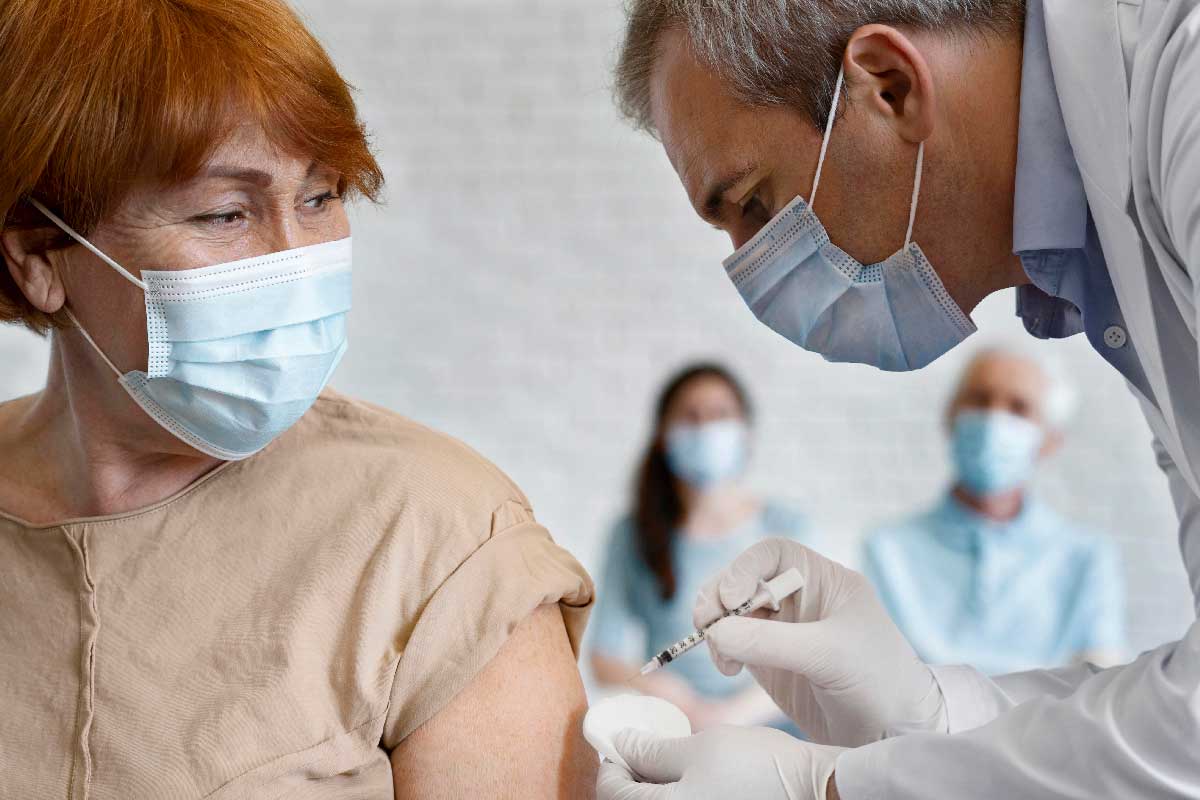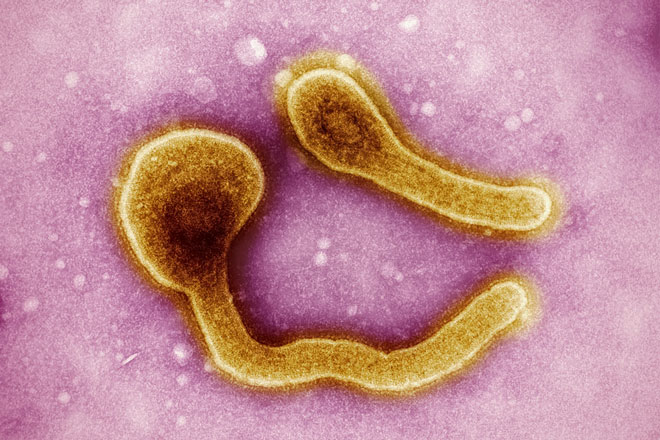First ever malaria vaccine recommended by WHO: Q&A with Deepali Patel
The WHO recommendation on the RTS,S vaccine could protect millions of children across Africa.
- 7 October 2021
- 7 min read
- by Priya Joi
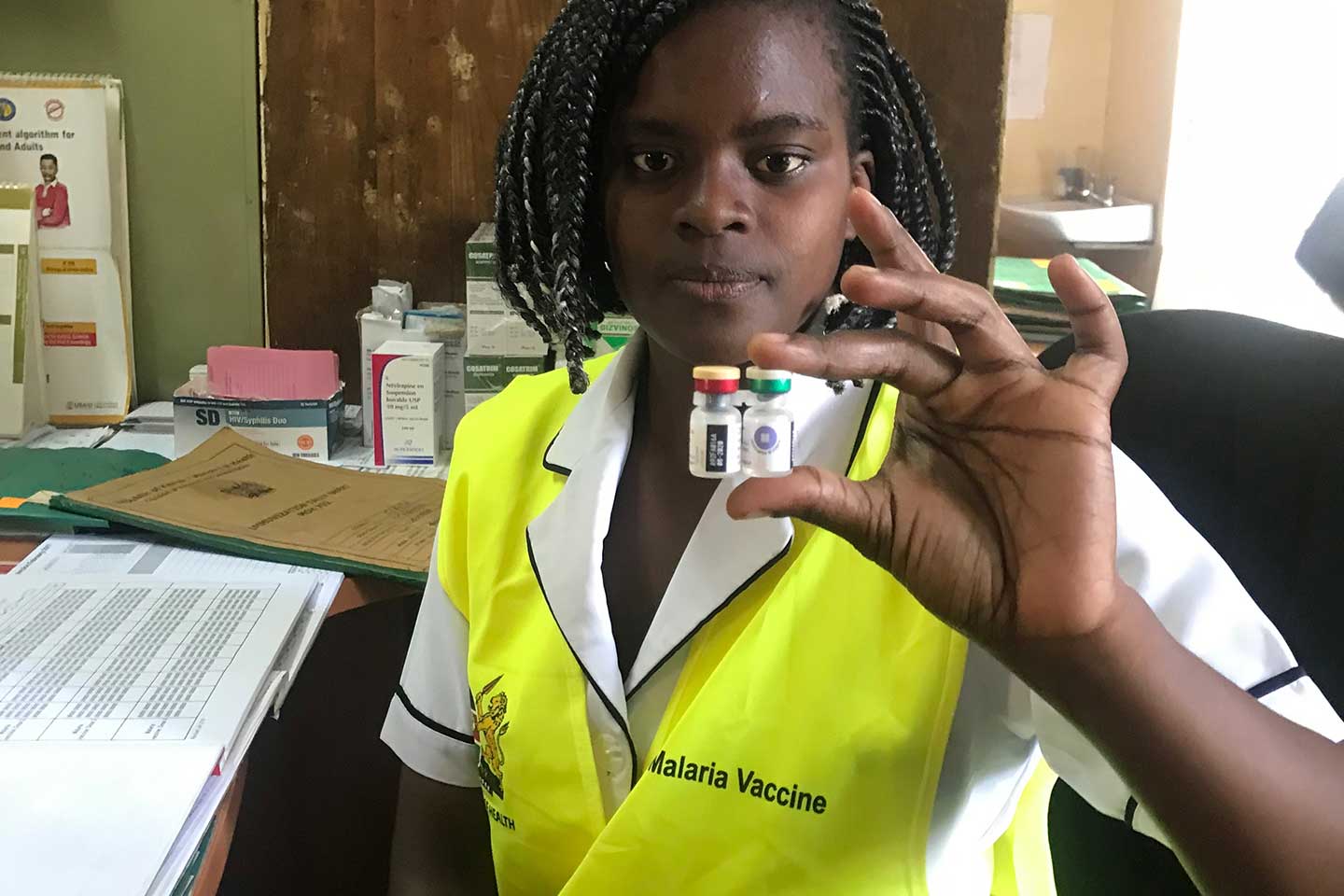
Q. What does the WHO recommendation of the RTS,S vaccine mean for use in countries?
The vaccine will be vital for malaria-endemic countries in sub-Saharan Africa with moderate to high malaria transmission. It will be given to children under five years, with the first dose beginning at five months. This is an important age group to target because they are at the highest risk. In 2019, of 409,000 deaths, two-thirds were children under five years old.
What we’d like to see is good integration in both immunisation and malaria control; countries are going to need support to figure out where’s the best place to deploy this vaccine, especially as it might mean a trade-off in their own resources.
The Strategic Advisory Group of Experts on Immunization (SAGE) puts forward strategic recommendations around how any vaccine should be used in a national immunisation schedule. This is incredibly helpful for low and lower middle income countries that may not have the robust capacity to assess the evidence and generate recommendations for use on their own the way high income countries do. The recommendation thus sets in motion policy decisions at national level. It also prompts financing decisions, both at global and national level.
Q. The vaccine has been piloted in three different countries. Why was it important to do this in different areas?
One of the key things to figure out was whether if you take this vaccine and use it in a real world setting, would you see the same outcome as you saw in the trial? And the best way to answer that question is to look across different settings and contexts. That includes the capacity and strength of the immunisation system, but also the transmission dynamics and the epidemiology, which varies even within countries. So large pilots give a sense of feasibility of roll-out as well as impact. Immunisation rolls out at a pretty big scale in many countries, so if we really want to know how it works in the real world, we should try and mimic that experience as much as possible.
The other issue looked at in these pilots is safety. Some of the safety concerns seen in the Phase 3 trial are generally quite rare and so you need a pretty large population to be able to detect them in real world settings. So it was important to have enough participants so that we could detect differences between the vaccinating group and the comparator group. In the end, those concerns [from the trials] have not materialised in the pilots, after over 2 million doses administered, which gives us confidence that the vaccine has a good safety record.
Q. We already use seasonal chemoprevention – antimalarials – and bednets to stop infection in some high-burden areas, so how does this vaccine fit into this existing picture of malaria prevention?
It’s important to note that this is the first time we've got a vaccine against a parasitic disease, and that’s really important as it demonstrates the technical capability we have in vaccine R&D and manufacturing. But it's important that this vaccine isn't seen as a replacement, but a preventive tool that works in synergy with other interventions, such as bednets and seasonal chemoprevention (SMC). The vaccine is partially efficacious (it can reduce severe malaria by 30%) so essentially, what we have are a series of imperfect interventions to stop malaria. But this is true for a lot of diseases.
This is the Swiss cheese model, where you're layering interventions that have ‘holes’ in protection on top of each other, in the hopes that they sort of close each other's gaps. For example, SMC has a 70% clinical efficacy, but in the real world it may be lower because you have people who are lost to follow-up and so on. But when you put the vaccine and SMC together, you get more protection than either alone. With bednets you have to sleep under them every night for them to be continually protective.
Have you read?
In the implementation pilots, the vaccine reached 60-70% of children who did not sleep under a bednet the night before, so what the vaccine does is become an additional intervention to reach people with. Around 90% of children in those areas were reached by one intervention, whatever it is. Some kids not reached with a vaccine had a bednet. So you have overlapping circles like a Venn diagram – and then you’ve got a pretty large circle in the middle, which is the kids sleeping under the bednet and getting the vaccine as well, and we’d like to make that circle even larger.
Q. What are the next steps for Gavi?
In 2016 and 2019 the Gavi Board agreed that once we had a recommendation and a licensed vaccine, we could discuss whether there is a role for Gavi to play in seeing this vaccine roll out. The really important considerations are: how does this vaccine work alongside the other interventions? How does it contribute to overall reductions in child mortality, alongside vaccines for other diseases? How are we thinking about this vaccine in our current context of COVID-19 and fiscal constraints? We're really trying to roll out COVID-19 doses and get this pandemic over as quickly as we can. But we don't want to lose sight of the fact that malaria is still quite a devastating disease on the African continent.
Q. Given manufacturers are still producing COVID-19 vaccines at high volumes and countries are trying to manage rollout, how will the delivery of this vaccine happen so that it’s not compromising COVID-19 vaccine rollout or, vice versa: that it’s not being compromised by COVID-19 vaccine rollout?
So call me a bit of an optimist here, but the COVID-19 vaccine rollout is about to hit a peak, and the hope is that we aim to reach those coverage targets pretty quickly. For the new malaria vaccine, there are several steps we would need to take first, starting with putting together what the nuts and bolts of a Gavi malaria vaccine programme would actually look like.
There are issues that are unique for malaria, which is that there are other malaria interventions, long-standing malaria control programmes, and we will need to do some thinking around bringing vaccines into the toolbox of interventions that countries already deploy. This then also means that at a global level we have to think about harmonising donor resources and things like that. And so that that’s going to take a bit of time.
But in the meantime, there are exciting developments with African manufacturing, for example, and those doors really opened a lot wider with COVID-19 and could open wider even still with malaria. Practically, right now, countries are quite focused on COVID-19 so when they are ready to bring the malaria vaccine into their own national programming we’ll be ready.
Q. What challenges might countries face in deployment?
The key question here is: how do you deliver this vaccine in a way that it complements the other malaria control interventions? What we’d like to see is good integration in both immunisation and malaria control, and countries are going to need support to figure out where’s the best place to deploy this vaccine, especially as it might be a trade-off in their own resources, too.
So, as an example, should we actually invest in the scale-up of bednet coverage in a region before deploying the vaccine, or have we optimised bednet coverage in that region where further investments will be quite costly with less gain, and so the vaccine could be more impactful? For countries that have seasonal malaria, they will need to look at what their SMC coverage looks like, and the delivery channel that’s there, and how closely can that align with immunisation delivery to leverage those capabilities?
And that goes beyond the SAGE recommendation, as countries need technical guidance on this, which is in development. There will of course be challenges, but there are also some exciting opportunities to think about how these two programmes can come together to advance common aims around saving children’s lives and increasing access to essential health services.
